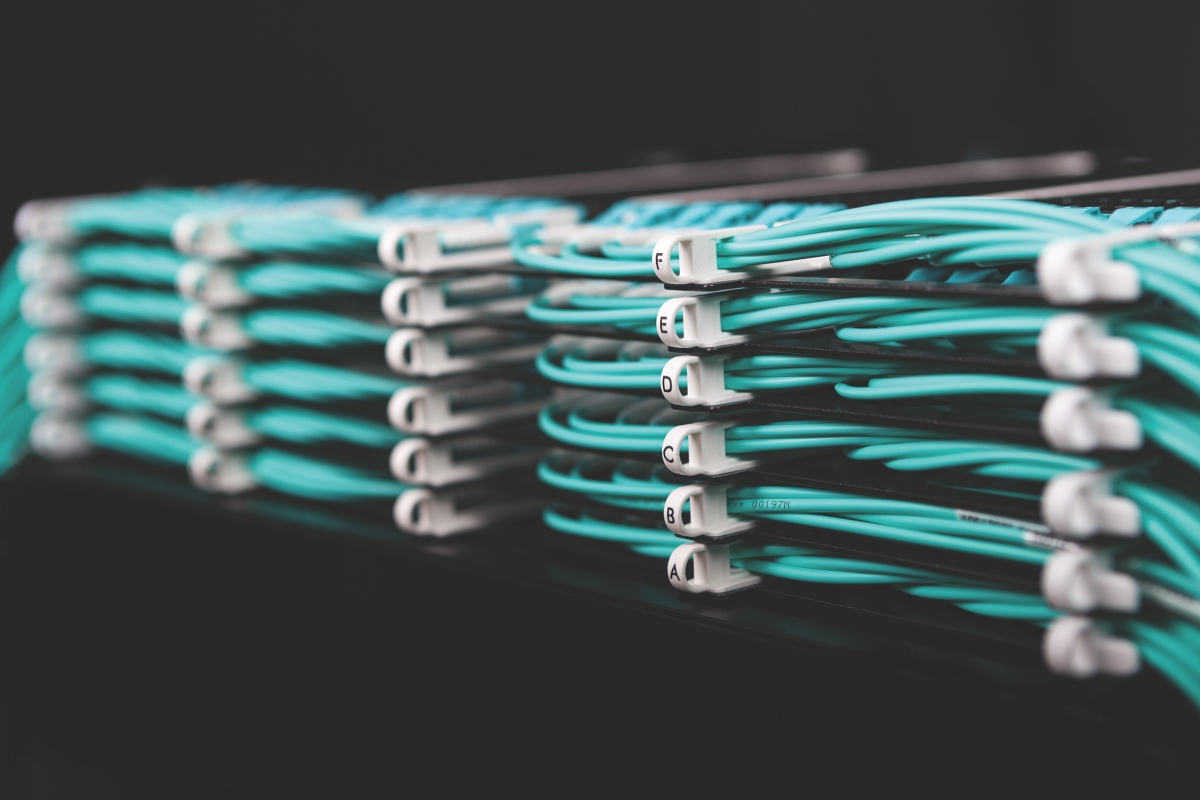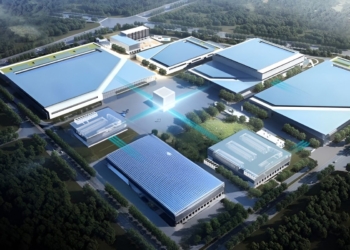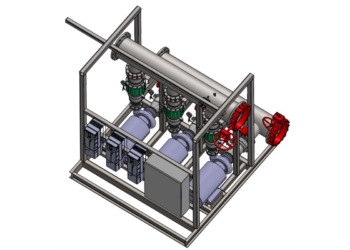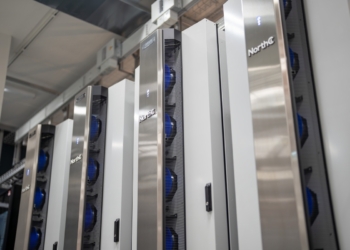Building AI-ready networks: Smart cabling for the edge era
Author: Joe Peck

In this exclusive article for DCNN, Rachid Ait Ben Ali, Product & Solutions Manager, Smart Building & Data Center at Aginode, explores how next-generation fibre and automated management systems are redefining infrastructure for AI and edge computing:
Cabling for the future
As artificial intelligence and edge computing rapidly reshape data centre architectures, network infrastructure has to evolve to keep up. Critical applications such as autonomous systems, real-time analytics, and GPU-to-GPU communication for AI model training are highly sensitive to latency, signal degradation, and disruptions caused by excessive hops or amplification points. To meet fast-moving, rigorous requirements, cutting-edge cabling solutions – including ultra-dense fibre panels and the latest generation of Automated Infrastructure Management (AIM) systems – are essential.
A closer look at the requirements
AI-driven infrastructure is unforgiving of downtime and demands built-in redundancy. Workloads are often unpredictable and heavily overloaded, which means they need optical cabling that can absorb traffic spikes without performance degradation. Architectures supporting AI are non-linear and bandwidth-intensive, requiring designs with optimised physical pathways. Fibre networks in these settings must be capable of supporting transmission rates of 400G, 800G, and beyond.
At the same time, edge computing introduces a new level of complexity. Its highly distributed nature requires fibre connectivity that is not only robust and high-performing, but also low maintenance and compact enough to function within physical and power-constrained environments. As AI workloads – from training to inference – generate immense volumes of east-west traffic across dense GPU clusters, managing connectivity and thermal performance becomes critical. These clusters produce extreme heat, making thermally optimised cabling and carefully considered airflow vital.
Addressing challenges from a technical perspective
Everything starts with the right cabling. Pre-terminated fibre links support rapid and reliable deployment at hyperscale and edge sites. High CPR-rated solutions help ensure compliance with stringent fire safety standards. As organisations plan for upgrades to 800G or even 1.6 Tbps networks, deploying a future-ready cabling plant is essential. Smart labelling systems simplify identification, reduce downtime, and help teams operate more efficiently. Ultra-polished UPC and APC connectors minimise reflection and insertion loss – crucial for extremely latency-sensitive AI applications.
High-density fibre-optic cabling, such as MPO/MTP for parallel optics, enables scalable bandwidth in compact footprints. OM5 multimode fibre is well-suited for dense AI clusters and edge deployments. Supporting multiple wavelengths over short distances and offering tighter loss budgets, OM5 delivers high bandwidth without dramatically increasing cable volume. Modern cable designs enhance performance through quality shielding, precise construction, shorter channel lengths, and cleaner signal paths that reduce hops and signal loss.
The network architecture itself also plays a key role. Ethernet backbones operating at 400G and 800G, combined with direct-connect models like leaf-spine or fully meshed fabrics, reduce latency and support AI’s massive east-west traffic patterns. Minimising patching and interconnection points cuts down on signal attenuation and interference, further improving efficiency. Innovations such as ultra-dense fibre panels and MPO connectors help scale operations without overloading valuable rack space and enable rapid deployment while avoiding costly rewiring.
AIM systems are becoming indispensable, offering real-time visibility into port status, topology, and usage, and integrating with Data Centre Infrastructure Management (DCIM) and orchestration tools. By leveraging AI-powered tracking and analytics, AIM systems enable real-time monitoring and automate management tasks. This reduces mean time to repair (MTTR), minimises human error, and supports large-scale, AI-driven operations. In environments where model training may take months, cabling with embedded diagnostics ensures uninterrupted operation and transparency. Different types of fibre can be tracked, diagnosed, and reconfigured with minimal manual intervention. That’s essential for mission-critical systems.
Further considerations
Smooth integration of high-performance fibre into AI and edge-ready environments demands careful attention to detail. As GPU-dense racks fill with fibre, insertion and connection loss must be minimised, which increases the importance of ultra-low-loss multimode solutions. Thermal and spatial constraints in AI deployments necessitate slim, compact cabling designs that do not compromise on performance. Adhering to industry standards such as ISO/IEC OM5 and MPO ensures compatibility across hardware ecosystems and simplifies deployment at geographically distributed edge sites.
Looking ahead, future-proofing and sustainability are equally important. Investing in OM5 fibre today helps avoid the cost and disruption of replacement as bandwidth demands continue to grow. Automated cabling systems reduce operational expenditures but also enable agile provisioning, even in edge locations where power is constrained. Low-loss fibre reduces the need for signal amplification, conserving energy, while structured, durable panels minimise long-term maintenance waste.
To accommodate the demanding requirements of AI and edge computing, data centre design must transition from legacy copper and basic point-to-point fibre models to high-density, automated multimode fibre ecosystems. Smart cabling, ultra-dense panels, and intelligent management solutions form the backbone of this transformation. These technologies empower both hyperscale and edge operations with high bandwidth, low latency, and operational agility.
Meeting the needs of AI-ready infrastructure doesn’t just require speed; it demands ultra-high bandwidth, minimal latency, granular insights, simplified manageability, and flexible (re)configuration. With the right infrastructure, it’s possible to build networks that are powerful enough for AI at scale and flexible enough enough for edge deployment.








